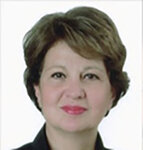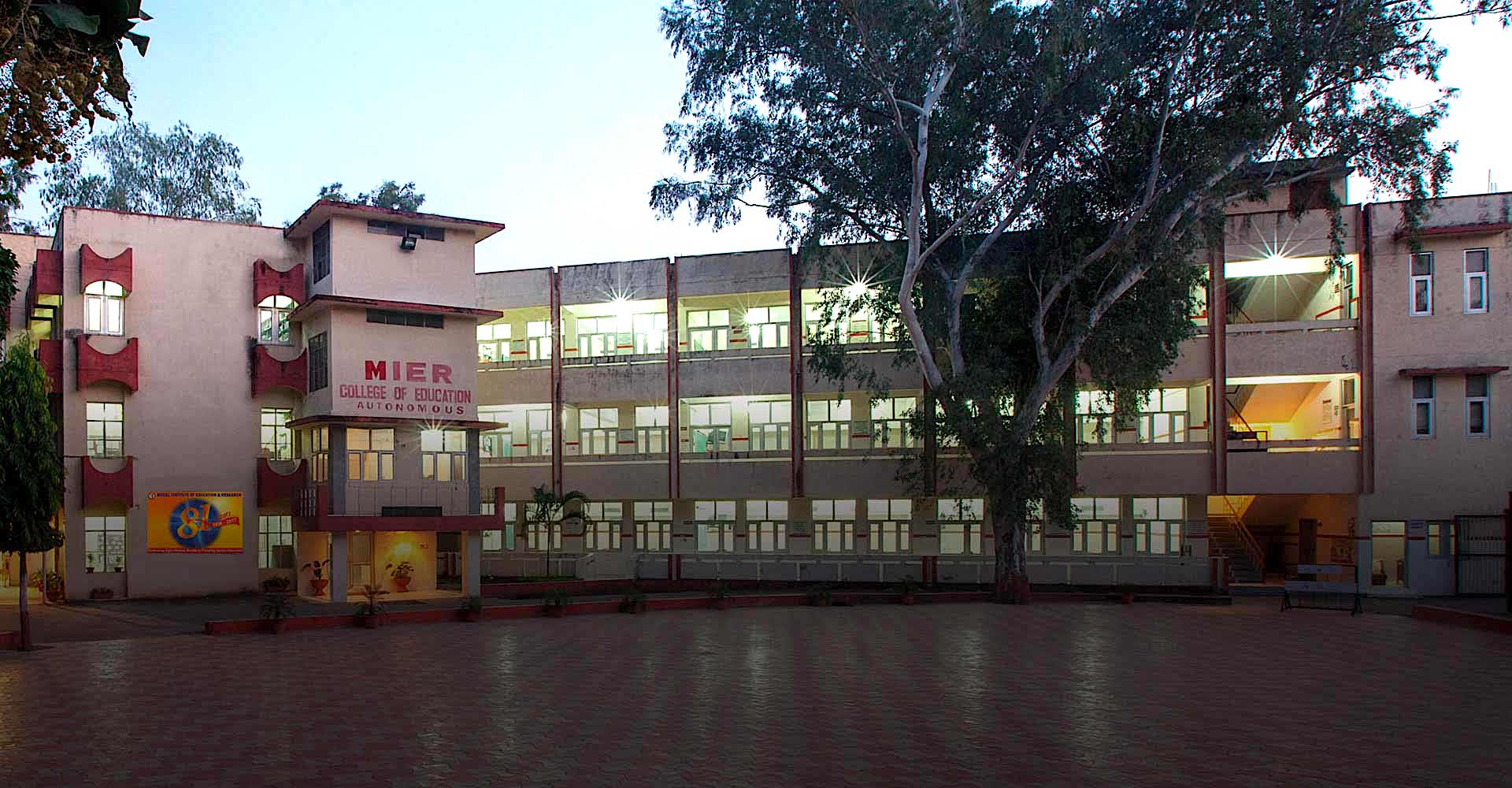A Study of Consciousness Of University Students In Relation to The Academic Achievement And Level Of Education
DOI:
https://doi.org/10.52634/mier/2016/v6/i1/1458Keywords:
Academic Achievement, Consciousness.Abstract
The present empirical study was designed to study the correlation between the academic achievement and consciousness at two different educational levels of the university. The study was a non-experimental correlation study which was conducted on 150 students (75 graduates, 75 post graduates) of Faculty of Education, Dayalbagh Educational Institute, Agra, Uttar Pradesh, India. The number of male and female students was in the ratio of 65:35. A willing participation of the students in the study was sought. Consciousness Quotient Inventory by Brazdau (2008) was used to assess consciousness quotient of the university students at two different educational levels (i.e. graduation and post-graduation). To measure the academic achievement of the students, students' scores of internal and external assessment at the university were considered. Pearson's Product Moment Correlation was used to find out correlation between the scores of Academic achievement and consciousness quotient. Results indicated a significant positive correlation between academic achievement and Consciousness of the students at the two educational levels at the university. Moreover, results indicated the rise in consciousness level with the rise in the educational level at the University. At the end of the paper, educational implications of the study are provided for the teachers, educators, administrators and other people associated with the field of education.
Downloads
Metrics
Downloads
Published
How to Cite
Issue
Section
License
Copyright (c) 2021 Sadhna Sharma, Sona Ahuja, Deepika Satsangee

This work is licensed under a Creative Commons Attribution 4.0 International License.
The articles published in the MIER Journal of Educational Studies, Trends and Practics (MJESTP) are distributed under the terms of the Creative Commons Attribution License (CC BY 4.0), which permits unrestricted use, distribution, and reproduction in any medium, provided the original author and source are credited.
- Copyright on any open access article in the MIER Journal of Educational Studies, Trends and Practics (MJESTP) published by Model Institute of Education and Research (MIER) is retained by the author(s).
- Author(s) grant MIER a license to publish the article and identify himself/herself/themselves as the original publisher.
- Authors also grant any third party the right to use the article freely as long as its integrity is maintained and its original authors, citation details and publisher are identified.
- The Creative Commons Attribution License 4.0 formalizes these and other terms and conditions of publishing articles.
References
Baars, B.J. (1997). In the theatre of consciousness. Global workspace theory. Journal of Consciousness Studies, 4, 292-309.
Brazdau, O., & Mihai, C. (2011). The Consciousness quotient: a new predictor of students' academic performance. Procedia Social and Behavioural Sciences, 11, 245-250.
Brigard, F.D. (2010). Consciousness, attention and common sense. Retrieved from http://www.ingentaconnect.com/content/imp/jcs/2010/00000017/f0020009/art00006.
Chalmers, D. (1996). The conscious mind: In search of fundamental theory. Oxford University Press.
Grant, D.J., & Jones, C.H. (2008). The significance of pure consciousness for education. Retrieved from www.mum.edu/pdf_msvs/v07/education.pdf.
Hardley, R.F. (2010). The essential role of consciousness in mathematical cognition. Journal of Consciousness Studies, 17(1-2) 22-46.
Khurshid, K. (2008) A Study of the relationship between the professional qualifications of the teachers and academic performance of their students at the secondary school level. International Journal of Humanities and Social Sciences, 3 (6) 409-415.
Mann, F. (1993). How to increase your consciousness. Retrieved from www.mindtrek.com/reports/tl10-2.htm.
Mole, C. (2008). Attention and consciousness. Journal of Consciousness Studies, 15 (4), 86–104.
Penrose, R. (1994). Shadows of the mind: A search for the missing science of consciousness. Oxford: Oxford University Press.
Satsangi, P.S. (1980). Amrit bachan. Dayalbagh press and publication limited.
Schmidt, J.W., Alexander, C., & Swanson, G.C. (1996) Developing consciousness in organizations: The transcendental meditation program in business. Journal of Business and Psychology, 10 (4), 429444.
Shivhare, N. (2007-08) Effect of Science of consciousness on emotional intelligence of teacher trainees. Unpublished Master's Dissertation, Dayalbagh Educational Institute, Agra, India.
Siegal, D. (1999). The developing mind. New York: Guilford Press.
Stewart, J. (2006) The future of evolution of consciousness. Retrieved from cogprints.org/5270/1/Consciousness-Evolution.pdf.
Tart, C. (1993). States of consciousness. New York: E. P Dutton & Co.
Trehub, A. (2006). The science of consciousness: Where it is and where it should be. Retrieved from people.umass.edu/trehub/Revonsuo.pdf.
Troyar, J.A. (2011). Level of consciousness: Reframing our understanding of individual differences in learning. Procedia social and Behavioural Sciences, 12, 290- 299.
Usman, A. (2010). Spiritual Consciousness in banking managers and its impact on job satisfaction. International Business Research, 3(2).
Wolman, B., & Ullman, M. (Eds.) (1986). Handbook of states of consciousness. New York; Van Nostrand Reinhold Co.





















